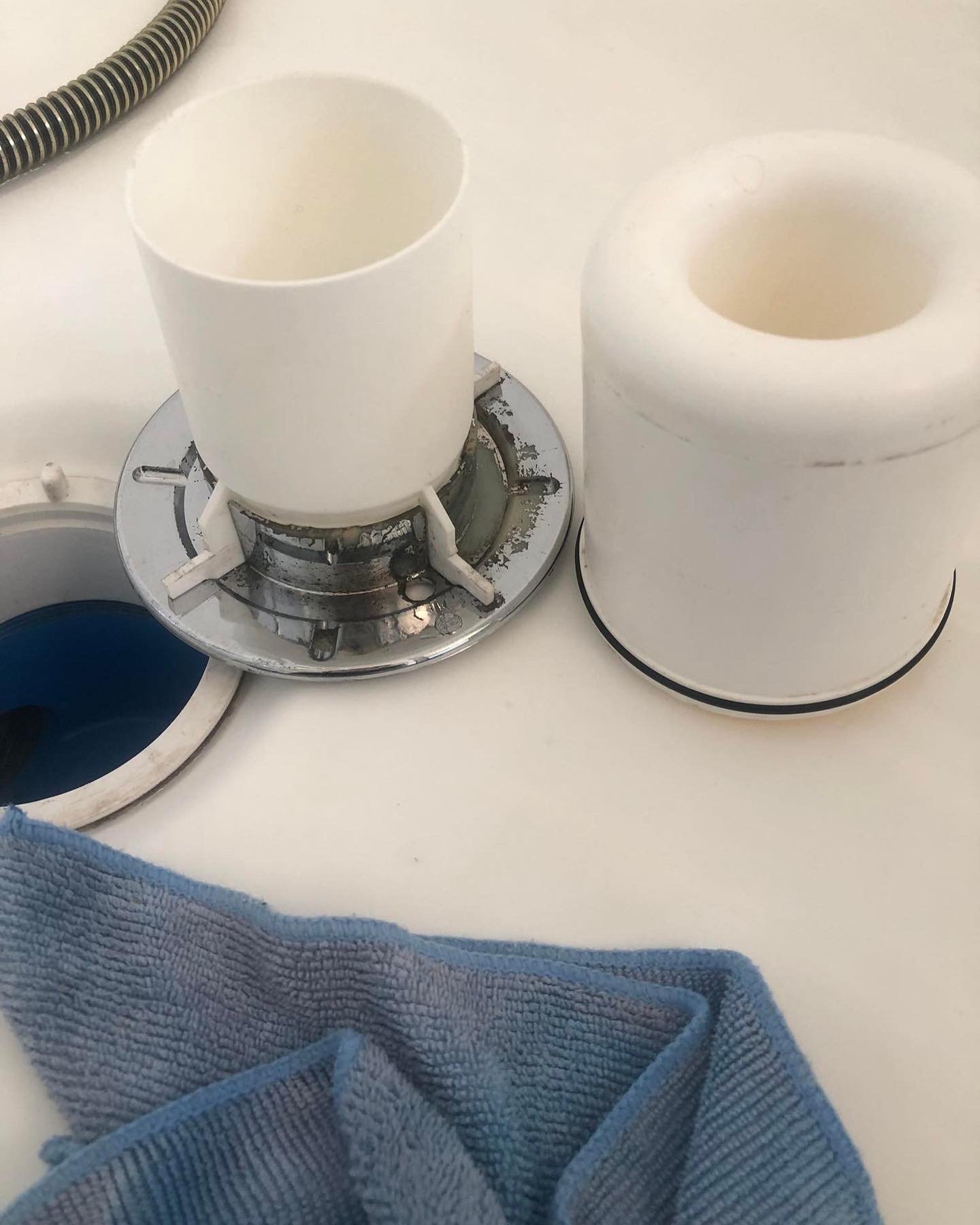Cleaning a Hoarder’s Kitchen: A Step-by-Step Guide
/Cleaning a hoarder’s kitchen can be a daunting task, but with a structured approach, it can be manageable and transformative. Here’s a comprehensive guide to help you through the process, starting with Wave One: Removing Rubbish and Unwanted Items.
Wave One: Removing Rubbish and Unwanted Items
Gather Your Supplies:
Heavy-duty garbage bags or bins
Gloves (preferably disposable)
Masks (for dust and allergens)
Recycling bins
Cleaning supplies (all purpose cleaner, paper towels, etc.)
Set the Mood:
Play some uplifting music to make the process more enjoyable.
Ensure the area is well lit to help you see everything clearly.
Create a Plan:
Designate zones in the kitchen: counters, cabinets, pantry, and floor. This helps you stay organised and focused.
Start with Large Items:
Begin by removing any large rubbish items, such as old appliances, broken furniture, or unused equipment. This can instantly create more space.
Clear Countertops:
Remove all items from the countertops. As you do this, set aside any items that are obviously trash (food waste, empty containers, etc.).
Place any items that can be recycled into the recycling bin.
Assess the Pantry:
Check all food items in the pantry and refrigerator. Discard any expired or mouldy food.
Group items that are still good (canned goods, dry pasta, etc.) for easy access later.
Cabinet Inspection:
Open each cabinet and remove items one by one. Discard anything that is broken or no longer needed.
Sort through cookware, utensils, and dishes, deciding what to keep and what to throw away.
Floor Cleaning:
Once you’ve cleared surfaces, focus on the floor. Remove any rubbish or clutter that has accumulated.
If the floor is sticky or dirty, give it a quick sweep or vacuum.
Dispose Responsibly:
Take all rubbish to an outdoor bin. Consider recycling items where possible.
If there are items that could be donated (in good condition), set them aside for a later donation run.
Breathe and Reflect:
Step back and admire your progress. Clearing out the rubbish is a significant first step!
Next Steps
After completing Wave One, you can move on to the next phases of cleaning, which may include deep cleaning surfaces, organising what’s left, and sanitising the kitchen.
Wave Two: Deep Cleaning Surfaces and Appliances
Now that you've successfully removed rubbish and unwanted items from the kitchen, it's time for Wave Two: deep cleaning the surfaces and appliances. This step will help create a safe and hygienic environment, making your kitchen more functional and pleasant.
Step-by-Step Deep Cleaning Process
Gather Your Supplies:
All-purpose cleaner or disinfectant
Baking soda and vinegar (for natural cleaning solutions)
Microfiber cloths or sponges
Scrub brushes (soft and hard bristle)
Mop and bucket (or steam cleaner)
Old toothbrush (for hard-to-reach areas)
Prepare Your Space:
Remove any remaining items from countertops, tables, and other surfaces.
Ensure the area is well-ventilated by opening windows or turning on a fan.
Start with the Countertops:
Spray your all-purpose cleaner on the countertops and let it sit for a few minutes to break down any grime.
Wipe down the surfaces with a microfiber cloth or sponge, paying attention to corners and edges.
For tough stains, sprinkle baking soda on the area and scrub gently with a damp sponge.
Clean the Sink:
Remove any dishes and debris from the sink.
Use a disinfectant to scrub the sink thoroughly, including the faucet and handles.
Rinse well and dry with a clean cloth.
Appliance Cleaning:
Refrigerator: Remove all items and clean the shelves with an all-purpose cleaner. Don’t forget to wipe down the door seals. Replace only good food items.
Oven: If there’s built up grease, consider using a commercial oven cleaner. Apply it, let it sit, and then scrub.
Microwave: Fill a microwave safe bowl with water and a slice of lemon. Microwave for a few minutes until the steam loosens grime, then wipe down the interior.
Toaster and Small Appliances: Unplug small appliances and wipe them down with a damp cloth. Empty crumbs from the toaster.
Cabinets and Drawers:
Wipe down the exterior of cabinets and drawers with a damp cloth and all purpose cleaner.
If you’ve removed items from inside, take this opportunity to clean the insides of the cabinets and drawers, removing dust and crumbs.
Floor Cleaning:
Sweep or vacuum the floor to remove any remaining debris.
Mop the floor with a suitable cleaner, focusing on corners and high-traffic areas.
For stubborn stains, consider using a scrub brush or a steam cleaner.
Finishing Touches:
Replace items on countertops and in cabinets in an organised manner. Consider grouping similar items together.
Add any finishing touches, like a decorative item or a plant, to make the space inviting.
Final Inspection:
Do a thorough walkthrough of the kitchen to ensure every area is clean and tidy.
If you notice any spots that need extra attention, take a moment to address them.
Conclusion
Completing Wave Two of the cleaning process not only enhances the appearance of the kitchen but also contributes to a healthier environment. A clean kitchen can inspire healthier cooking habits and make meal prep more enjoyable.
Stay tuned for Wave Three, where we’ll focus on organising and creating a functional kitchen space!









